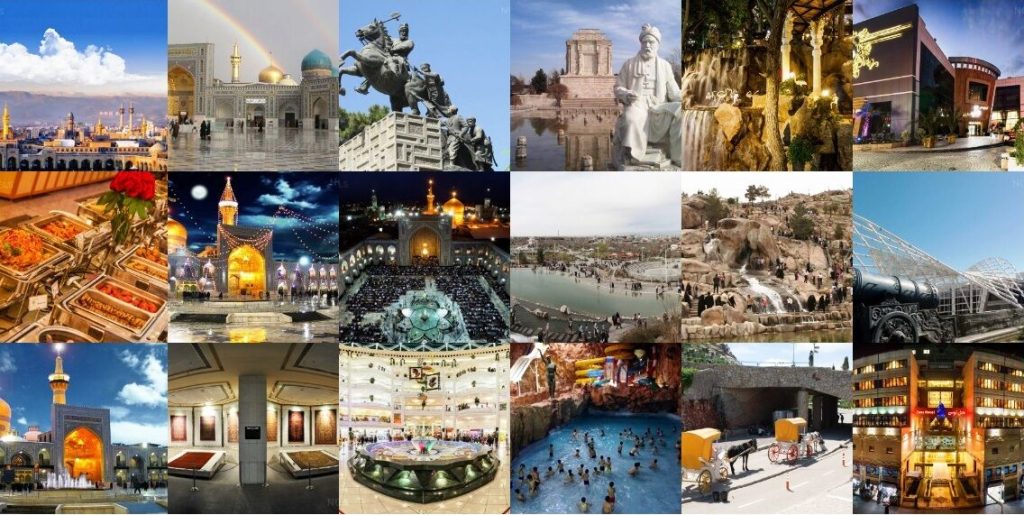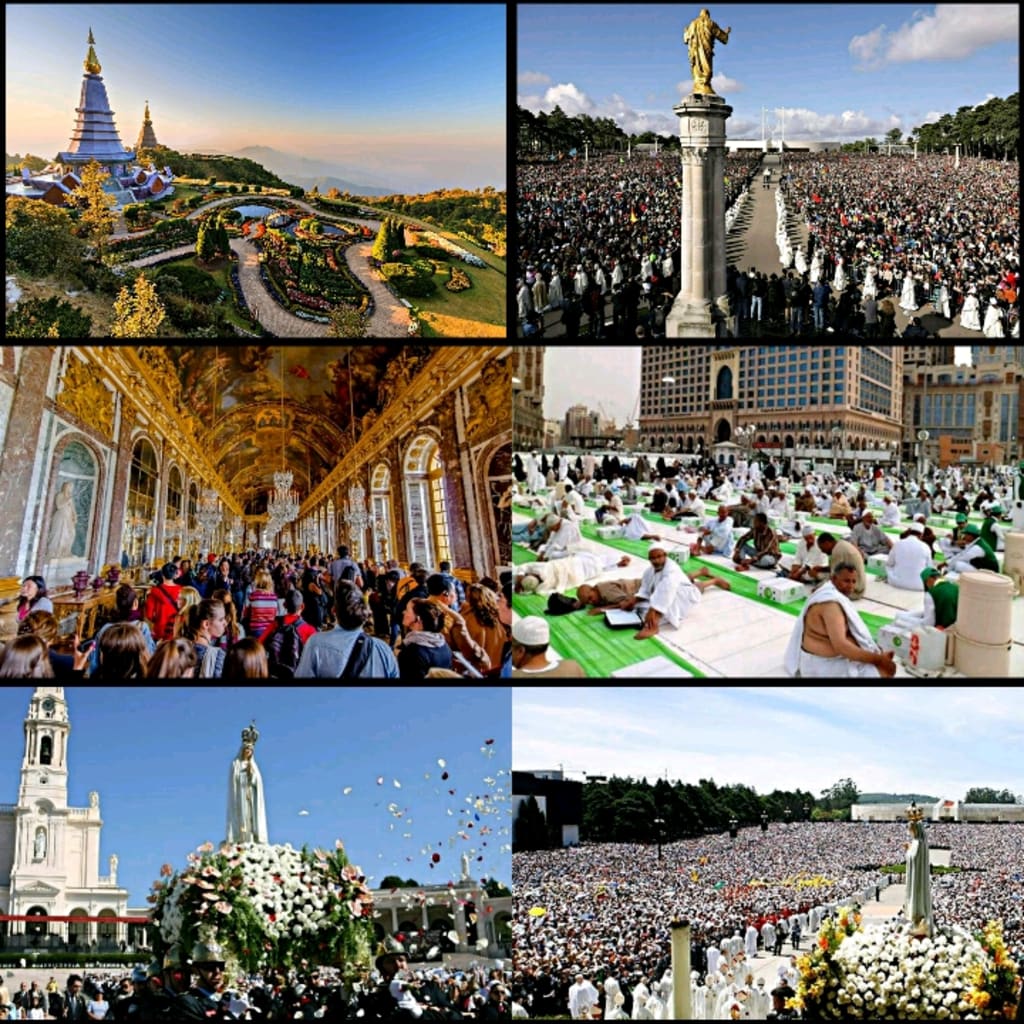Millions of people travel for religious reasons every year, yet the experience goes beyond simple sightseeing and explores themes of faith, spirituality, and cultural heritage. It is an in-depth investigation of hallowed locations, antiquated customs, and the diverse web of religious practices that have influenced societies throughout history. Religious tourism offers a life-changing experience that touches the soul and leaves an enduring impression on the spirit, catering to the needs of tourists seeking comfort, enlightenment, and a connection with the holy.

What Religious Tourism Is All About
Religious tourism includes a broad range of activities, such as pilgrimages along historic routes, meetings with spiritual leaders, and visits to sacred locations and religious rites. It has its roots in the universal human search for transcendence, purpose, and a better comprehension of life’s riddles. Religious tourism provides a chance for reflection, introspection, and a window into the holy customs of many nations and civilizations, regardless of one’s faith or beliefs.
Pilgrimage: A Soul’s Sacred Journey
The fundamental element of religious tourism is the age-old custom of pilgrimage, which has its roots in ancient times. Pilgrimages are travels to holy locations with deep spiritual meaning that are done out of devotion and reverence. Pilgrims travel on these hallowed routes in search of spiritual rebirth, absolution, healing, or divine intervention, whether they are walking the Camino de Santiago in Spain, circling the Kaaba in Mecca, or visiting the Ganges River in India.
Pilgrimage routes frequently pass by stunning scenery, historic sites, and hallowed shrines, providing travelers with an intense sense of kinship with the natural world and the holy. They make friends with travelers from all backgrounds along the journey, strengthening their links of solidarity and common goal. Traveling over difficult terrain or spending long hours on the road are examples of physical hardships that serve as metaphors for the difficulties encountered on the spiritual path.
Read More: A Portable, Adaptable Pram: Baby Jogger City Tour 2
Sacred Locations: Portals to the Divine
Religious tourism includes a wide range of holy locations, each with its own special charm and significance. These hallowed places, which range from the imposing cathedrals of Europe to the tranquil temples of Asia, are archives of creativity, faith, and history. Their breathtaking architecture, fine craftsmanship, and spiritual resonance draw both devotees and outsiders to these focal sites of worship, pilgrimage, and social gatherings.
Travelers can fully immerse themselves in the live heritage of religious traditions by visiting sacred sites, where they can observe generation-after-generation rites, ceremonies, and devotional practices. Be it taking part in the Aarti ceremony on the banks of the Ganges, meditating among the ancient ruins of Angkor Wat, or attending Mass at St. Peter’s Basilica in Vatican City, these encounters provide an insight into the profound mysteries of the divine.

Cultural Heritage: Safeguarding Hallowed Customs
In addition, religious tourism is essential for maintaining and advancing cultural heritage and securing holy locations, artifacts, and customs for upcoming generations. A lot of places of worship have been honored with UNESCO World Heritage Site designations in recognition of their cultural and historical significance. These locations may continue to draw tourists from all over the world while being protected and conserved thanks to sustainable development initiatives and responsible tourism practices.
Engaging in religious tourism promotes respect for the variety of human spiritual expression as well as cross-cultural understanding and debate. It offers a chance to interact with nearby communities, absorb their knowledge and customs, and support their social and economic advancement. Travelers may guarantee that religious tourism stays a positive force that fosters harmony, tolerance, and respect for one another by upholding the sacredness of holy places and the beliefs of locals.
Sacred Odyssey’s conclusion
Religious tourism invites visitors to set out on a holy quest that crosses national borders and cultural divides, providing a profound trip of the soul. It is a journey of the heart, with a spiritual sanctuary rather than just a location on a map as the goal. Religious travel offers doorways to the limitless potential of the human soul, whether one is looking for comfort, enlightenment, or a closer relationship with God.
Travelers are reminded of the universality of the human experience and the interdependence of all beings as they set out on their spiritual adventure. They hear echoes of their hopes, anxieties, and aspirations in the silent prayers of pilgrims, the chants of sacred melodies, and the hallowed halls of old temples. Religious tourism is about going on a journey of self-discovery, transformation, and contact with the divine; it’s not only about seeing places that hold special meaning.








